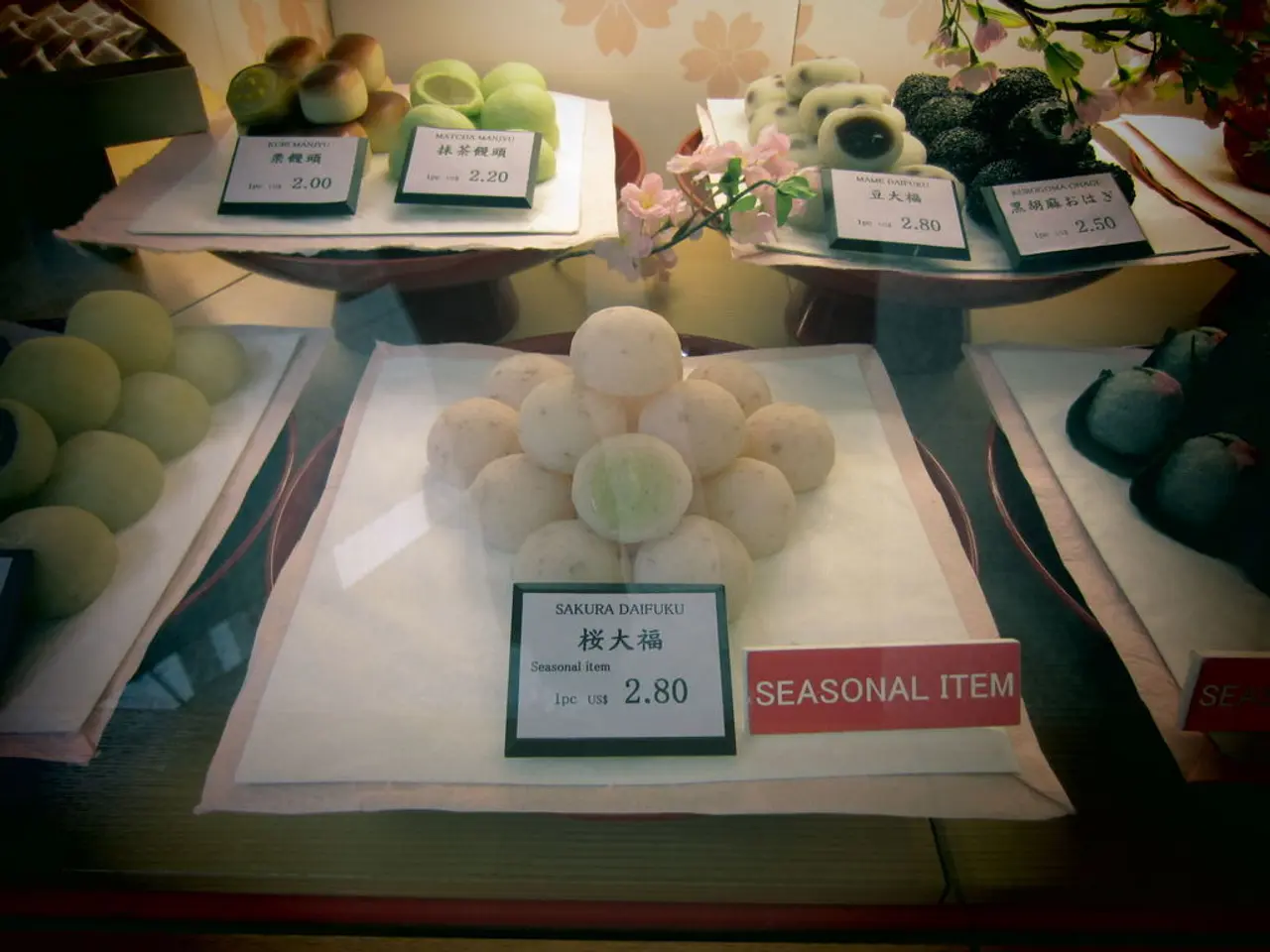Variable Demand: Exemptions and Constraints
In economics, the concept of elastic demand is crucial in predicting how much people will buy of a product or service in response to changes in price. Elastic demand arises when a small change in price significantly affects the quantity demanded, and this elasticity stems from various factors. However, there are exceptions to elastic demand, situations where its applicability is limited.
Brand loyalty, for instance, makes demand less elastic. Consumers, often, are less likely to switch to a cheaper alternative even if the price difference is significant. This is because they value the brand and the associated perceived quality.
Luxury goods are generally more elastic than necessity goods. When times are tough, people are more likely to give up luxury items than necessities. The availability of substitutes also increases demand elasticity. If there are suitable alternatives available, small price changes can lead to significant swings in demand.
Price sensitivity, the response of demand to changes in price, can be influenced by a combination of core and secondary entities. These include the options consumers have, how much they can afford, and whether they can live without a product for a while. Postponability, or the ability to delay a purchase, can also affect demand elasticity. If a product can be put off without causing significant inconvenience, people are more likely to do so when the price rises.
The marketing industry can play a role in influencing demand elasticity. Strategies such as creating a sense of urgency or promoting the perceived value of a product can make demand more inelastic, as consumers are less likely to wait for a price drop or consider alternatives.
Understanding cross-price elasticity and income elasticity can help better grasp the factors that influence elastic demand. Cross-price elasticity measures how sensitive demand for one product is to changes in the price of another product. A positive cross-price elasticity indicates that when the price of one product goes up, the demand for the other product also goes up (for substitutes). A negative cross-price elasticity indicates that when the price of one product goes up, the demand for the other product goes down (for complements).
Income elasticity measures how sensitive demand for a product is to changes in consumer income. A positive income elasticity indicates that when income goes up, demand for the product also goes up (for normal goods). A negative income elasticity indicates that when income goes up, demand for the product goes down (for inferior goods). When a product takes up a large portion of income, people are less likely to buy it if the price increases.
Exceptions to elastic demand relate to specific persons, products, or services where the applicability of elastic demand is limited due to factors like the necessity of the product, lack of suitable substitutes, or situation-specific demand concentration, which restricts consumers' ability to respond to price changes effectively.
In conclusion, while elastic demand is a fundamental concept in economics, it is important to understand its exceptions and the factors that influence its applicability. This knowledge can help businesses and economists make more informed decisions about pricing strategies and forecasting consumer behaviour.
Read also:
- Deepwater Horizon Oil Spill: BP Faces Record-Breaking Settlement - Dubbed 'Largest Environmental Fine Ever Imposed'
- Lawsuit of Phenomenal Magnitude: FIFA under threat due to Diarra's verdict, accused of player injustice
- Fossil fuels remain the primary energy source for heating in Baden-Württemberg
- Expansion of railway systems, implementation of catenary systems, and combating fires: SNCF adapting to the summer heatwave




